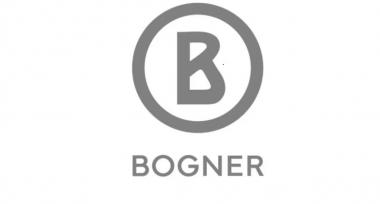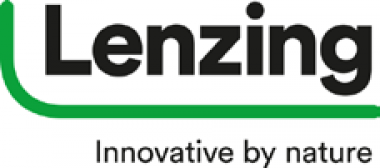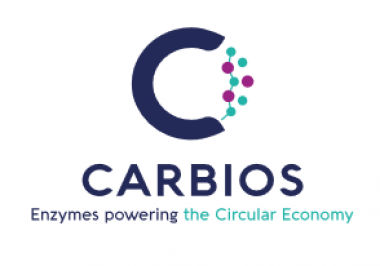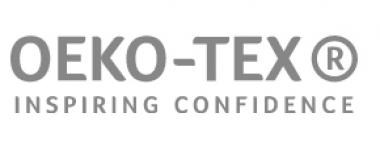ECHA publishes PFAS restriction proposal
The details of the proposed restriction of around 10 000 per- and polyfluoroalkyl substances (PFASs) are now available on ECHA’s website. ECHA’s scientific committees will now start evaluating the proposal in terms of the risks to people and the environment, and the impacts on society.
The proposal was prepared by authorities in Denmark, Germany, the Netherlands, Norway and Sweden and submitted to ECHA on 13 January 2023. It aims to reduce PFAS emissions into the environment and make products and processes safer for people.
All PFASs in the scope of the proposal are very persistent in the environment. If their releases are not minimised, people, plants and animals will be increasingly exposed, and without a restriction, such levels will be reached that have negative effects on people’s health and the environment. The authorities estimate that around 4.4 million tonnes of PFASs would end up in the environment over the next 30 years unless action is taken.
Peter van der Zandt, ECHA’s Director for Risk Assessment said: “This landmark proposal by the five authorities supports the ambitions of the EU’s Chemicals Strategy and the Zero Pollution action plan. Now, our scientific committees will start their evaluation and opinion forming. While the evaluation of such a broad proposal with thousands of substances, and many uses, will be challenging, we are ready.”
Next steps
ECHA’s scientific committees for Risk Assessment (RAC) and for Socio-Economic Analysis (SEAC) will check that the proposal meets the legal requirements of REACH in their meetings in March 2023. If it does, the committees will begin their scientific evaluation of the proposal. A six-month consultation is planned to start on 22 March 2023.
RAC will form an opinion on whether the proposed restriction is appropriate in reducing the risks to people’s health and the environment, while SEAC’s opinion will be on the socio-economic impacts, i.e. benefits and costs to society, associated with the proposal. Both committees form their opinions based on the information in the restriction proposal and the comments received during consultations. The committees also consider advice from the Enforcement Forum on the enforceability of the proposed restriction. Once the opinions are adopted, they will be sent to the European Commission who, together with the EU Member States, will then decide on the potential restriction.
An online information session will be organised on 5 April 2023 to explain the restriction process and to help those interested in participating in the consultation.
European Chemicals Agency






























